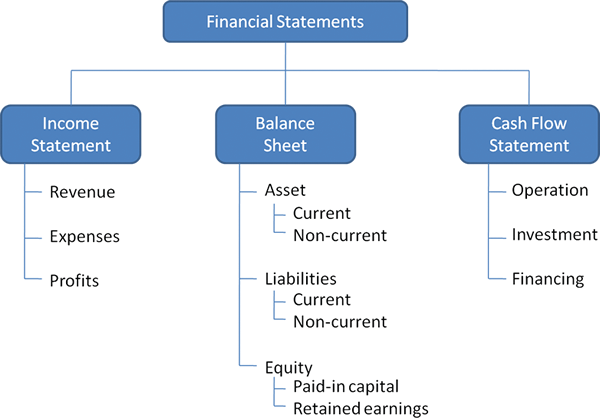From the July 2013 issue.
Business owners don’t have a boss to give them feedback, so many use their annual Profit & Loss (P&L) statement as their performance evaluation.
If their P&L shows more revenue and more profit than last year, business owners draw the conclusion that they did well; and they would typically consider a drop in either area as equivalent to an F on their report card.
The P&L, however, is a backward-looking measure and does little to assess the value of the business. In fact, sometimes more profit can be in direct conflict to more value.
When profit is the enemy of value
Here are some examples of immediate profit vs. long-term value:
An owner may choose to invest in building a sales force instead of handling business development herself. The company would be more valuable with a sales team, but perhaps would suffer a short-term dip in profitability as the sales people get their feet and customers are weaned from a charismatic owner.
Investing in Search Engine Optimization services will show up as an immediate expense, dragging down a company’s profitability with little payoff until Google’s algorithm absorbs the changes. But a business with a site ranked above the fold in its key search terms is a more valuable business than one buried on page 3 of Google’s search results.
If your client sells yet another product to his best customer, it will yield a hefty bump in profitability; but if the customer already generates 30% of your client’s revenue, more customer concentration will actually lower the value of his business.
If the owner continues to prioritize short-term profit over long-term value, they could well end up with a profitable, but largely worthless, company. The trick to getting a business owner to make decisions that improve the value of their firm is to show them the impact of their decisions in the black and white of a valuation report.
The second report card
The opportunity for a proactive accountant keen to expand into advisory services is to add an annual valuation statement to the list of deliverables you provide your business clients each year. The statement can be provided six months after the tax return to ease the burden on your professional staff, give you a bump in cash flow, and give you a formal touch point with your client six months after tax season.
The valuation statement can be a simple opinion of value, taking into consideration a key set of value drivers including things like:
- Proportion of recurring revenue
- Employee attrition
- Customer satisfaction
- Management depth
- Client concentration
- Growth rate
The preparation of the annual valuation statement will also trigger a discussion around the future of your client’s business and different ways you can add value as they prepare for an eventual exit.
With seven in 10 business owners preparing to sell in the next 10 years, many are focused on the wrong numbers. This means it’s time to add a new report card for your business clients to help steer them in the right direction.
———————
John Warrillow is the founder of The Sellability Score, a tool used by accountants to start the succession planning conversation with their clients. He is also the author of “Built to Sell: Creating a Business That Can Thrive Without You.”
Thanks for reading CPA Practice Advisor!
Subscribe Already registered? Log In
Need more information? Read the FAQs




